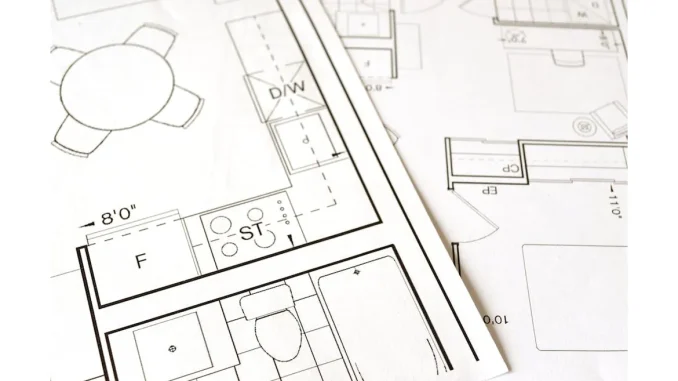
In the bustling and intricate world of construction, where delays and disruptions are almost a rite of passage, letters of intent have long served as a crucial tool to keep projects moving. These documents, essentially placeholders, allow work to commence even as the finer points of the final contract are still being hammered out. However, this practical instrument comes with its own set of challenges, often causing trepidation among developers and contractors alike. Recognising this, the City of London Law Society (CLLS) has taken significant steps to refine this essential document, unveiling an updated standard form letter of intent for 2024. This updated document promises to address many of the industry’s evolving needs and complexities.
The construction sector is a domain where timing is everything. With so many moving parts and dependencies, any delay can ripple through a project, inflating costs and extending timelines. Letters of intent have traditionally provided a way to sidestep these potential delays by allowing site preparation and the ordering of key components, such as elevators, to proceed while the main contract is still in negotiation. Yet, this provisional nature also introduces risks, as projects sometimes advance significantly without a formalised contract, leading to potential legal and financial pitfalls.
“Letters of intent serve as a double-edged sword,” explains Jane Thompson, a noted construction law expert. “On one hand, they allow you to start work immediately, which can be crucial. On the other, if not managed correctly, they can lead to significant complications down the road.” This duality underscores the importance of a well-crafted letter of intent, which the CLLS first addressed in 2007 by introducing a standard form letter of intent that quickly became an industry staple. The 2024 update builds on this foundation, introducing several key changes designed to make the document more user-friendly and aligned with modern requirements.
One of the most significant changes in the new edition is the introduction of an annex titled “The Particulars.” This section is designed to capture project-specific details such as insurance requirements, which previously had to be inserted into blank spaces within the document. The need for constant edits and paragraph renumbering has been eliminated, making the process much more streamlined. “The annex makes the document much more user-friendly,” notes Robert Green, a project manager who has already utilised the updated form. “It eliminates the need for constant edits and renumbering, making the whole process more seamless.”
The updated letter of intent also incorporates new health and safety requirements and building regulations, reflecting the evolving landscape of the construction industry in England. Additionally, confidentiality obligations related to publicity and media have been tightened, a crucial update in an age where information can go viral in seconds. Accompanying the new document is comprehensive guidance from the CLLS, which is particularly useful for projects involving higher-risk residential buildings under the Building Safety Act. Instead of overloading the letter of intent with numerous clauses, the guidance recommends bespoke amendments similar to those adopted by the Joint Contracts Tribunal (JCT) in its 2024 suite. This approach underscores the importance of specialist advice in navigating the complexities of modern construction projects.
Interestingly, the guidance also recognises the potential for adapting the form for international projects. While the document was not explicitly designed for this purpose, the absence of a similar standard form in other jurisdictions may prompt legal practitioners to modify it for global use. “Adapting the form for international projects will require expertise, but it’s certainly feasible,” says Sarah Lee, an international construction lawyer. “The guidance provides a solid foundation for those looking to extend its utility beyond England.”
The 2024 CLLS standard form letter of intent represents a significant advancement for the construction industry. By addressing both functional and regulatory needs, it aims to minimise the risks associated with starting work without a final contract. The introduction of the annex for project-specific details and the incorporation of new health and safety requirements make it a more robust and user-friendly document. However, the need for bespoke amendments for higher-risk residential projects and potential international adaptations highlights the complexity of modern construction endeavours. While the standard form provides a solid starting point, specialist advice remains indispensable for navigating the nuances of each project.
As the construction industry continues to evolve, the role of letters of intent is likely to become even more critical. Increasing project complexity and tightening regulatory requirements will necessitate further updates and refinements to standard forms. The proactive approach taken by the CLLS in releasing the 2024 update sets a positive precedent, but the industry must remain vigilant and adaptable. Future developments may include more comprehensive digital solutions, integrating real-time updates and automated compliance checks. Additionally, as the global construction market expands, there may be a push for an international standard form letter of intent, facilitating smoother cross-border projects.
The updated CLLS standard form letter of intent addresses many current challenges, but the dynamic nature of the construction industry means that ongoing adaptations and innovations will be essential to meet future demands. The new form is a significant step forward, providing a more structured and reliable framework for initiating construction projects, ultimately aiming to reduce delays and streamline processes.


Be the first to comment